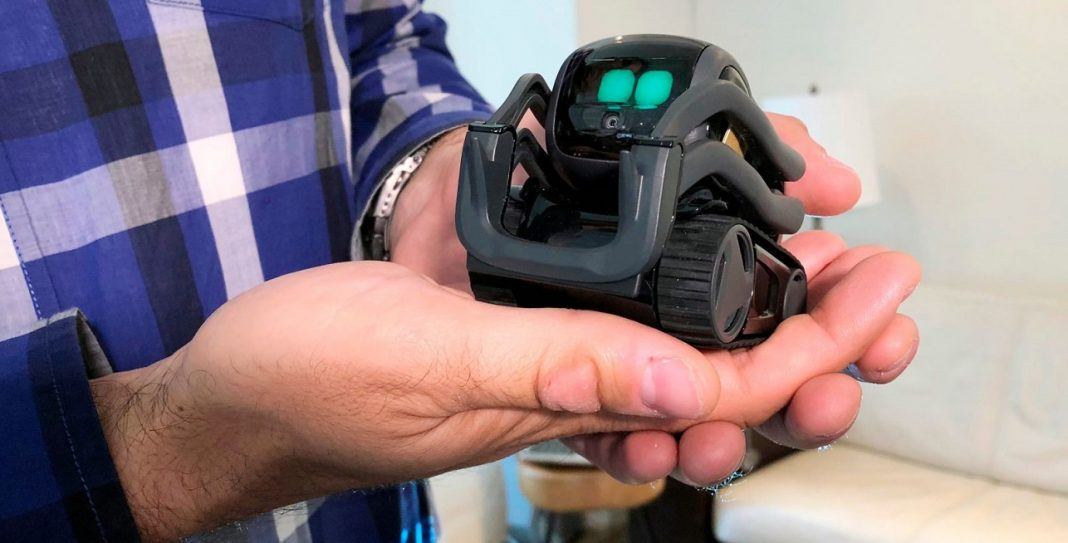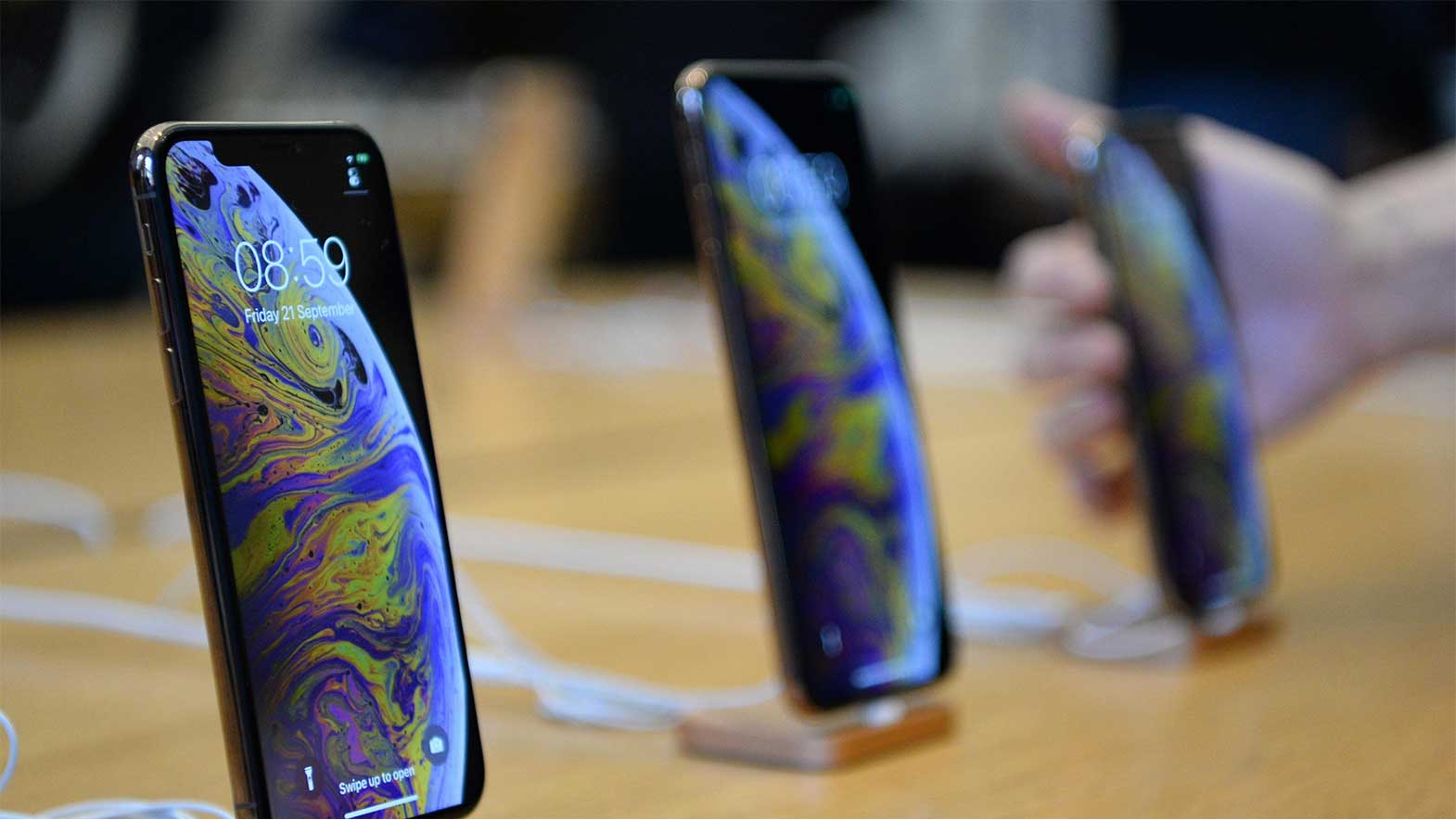
Those cute rolling personal robots were hot for a quick minute when Cozmo maker Anki started up in San Franciso but changing attention spans have halted that. Robots were getting close to feeling alive with Cozmo, but that wasn’t enough to keep the company alive.
Hopes that the tech industry was on the cusp of rolling personal robots into homes are dimming now that several once-promising consumer robotics companies have shut down.
The latest casualty was San Francisco startup Anki, maker of the playful toy robot Cozmo, which upon its release in 2016 seemed like the start of a new wave of sociable machines.
That dream ended this week when Anki CEO and co-founder Boris Sofman gathered many of the company’s nearly 200 employees to deliver the news that all of them would be laid off Wednesday. The bad news soon spread to fans and owners of Cozmo and its newer cousin Vector, unveiled last year in an effort to appeal to grown-ups.
“Cozmo was the first robot that felt almost alive,” said David Schaefer, a programmer and robot enthusiast in Portland, Oregon, who was so enamored with the feisty machine that he created a “Life with Cozmo” channel on YouTube that’s attracted millions of viewers. One of the most popular videos, called ”Unrequited Love ,” documents Cozmo’s awkward interactions with a guinea pig.
Anki’s demise was part of a string of failed efforts to launch life-like robots into the market. Boston-based Jibo, founded by one of the pioneers of social robotics, went out of business less than a year after its curvy talking speaker made the cover of Time Magazine’s “best inventions” edition. Another startup, California-based Mayfield Robotics, last year stopped manufacturing Kuri, a camera-equipped machine marketed as a watchful roving nanny.
None of them have been able to compete with immobile smart speakers made by Amazon, Apple and Google, which cost less than their more physically complex robotic counterparts but are powered by ever-improving artificial-intelligence systems that serve most users’ needs.
“AI without a body has caught on really well,” said Yan Fossat, head of the research lab at Toronto-based Klick Health, which is exploring social robotics in the medical field. “Physical robots, with a body to do something, are not really catching up.” They cost too much for the marginal service they offer, he said.
Still, Anki got farther than most of its robotics hardware peers in appealing to the masses with an emotionally intelligent machine that cost hundreds of dollars less than Jibo, Kuri or Sony’s robotic dog Aibo.
“You cannot sell a robot for $800 or $1,000 that has capabilities of less than an Alexa,” Sofman told media outlets last year. He and other company leaders declined comment Tuesday, but a spokesman said the company was “exploring all options to keep our products functioning and cloud services running.”
The company reported about $100 million in annual revenue in 2017, and as of last year had sold more than 1.5 million products, including its robots and the car-racing game Overdrive.
“It does feel a little devastating,” said Schaefer, who this week started the Twitter hashtag #SaveAnki in hopes that a bigger tech company or toy maker might acquire it. “Anki took steps toward robotics that other companies haven’t tried yet.”
Tech industry analyst Carolina Milanesi was also saddened by Anki’s demise, but a premonition of the company’s fate was the Cozmo sitting idly on her daughter’s nightstand for the past six months. The toy market is unforgiving, and Anki may have been unable to extend its reach beyond it, she said.
“There’s hype at the beginning, you have very engaged kids, and then they move onto something else,” Milanesi said. “Kids grow up. She’s now 11 and ‘Fortnite’ is everything that matters to her in life.”
iPhone Slump Doesn’t Hurt Apple’s Bottom Line
Apple’s sales are still shrinking amid weakening iPhone demand, despite the company’s increasing emphasis on services designed to bring in a steady flow of money from the 1.4 billion of its devices still in use.
Revenue for the January-March quarter fell 5% from the same time in 2017 to $58 billion, the company said in its earnings report Tuesday. That downturn followed a 5% drop in the previous quarter.
It’s the first time Apple has suffered two consecutive quarterly revenue declines in two-and-half years.
Apple still posted a profit of $11.6 billion during its latest quarter, though that was down 16% compared to last year. That translated into $2.46 per share, down 10% from last year, but above the $2.36 per share forecast among analysts surveyed by FactSet.
The Cupertino, California, company also announced a 5% increase in its quarterly dividend to 77 cents per share.
That news, plus a company forecast signaling the revenue downturn may be ending in the current April-June quarter, seemed to please investors. Apple’s stock gained nearly 5% to $210.50 in after-hours trading.
But even if the shares rise similarly during Wednesday’s regular trading session, the stock will remain about 10% below its peak reached nearly seven months ago.
Questions still seem likely loom over the stock. Apple is continuing to grapple with challenges it hasn’t had to confront since iPhone debuted 12 years ago, catapulting the company on to a head-spinning trajectory.
Until recently, Apple could count on people eagerly lining up to buy its latest iPhone models at ever loftier prices. That’s no longer the case, especially now that Apple is charging $1,000 and higher for its top-of-the line iPhones. Many consumers aren’t seeing enough compelling new features to persuade them to scrap their old devices for a new one.
That’s part of the reason iPhone sales in its latest quarter plunged 17% from last year to $31 billion. Much of the erosion is occurring in China, where Apple is facing stiffer competition from homegrown smartphone makers Huawei and Xiaomi.
But Apple CEO Tim Cook signaled that the worst may be over during a Tuesday conference call with analysts. “We like the direction we’re headed with iPhone and our goal now is to pick up the pace,” Cook said.
Nevertheless, most analysts expect the iPhone malaise to persist at least through the fall when Apple traditionally unveils its latest models. “Apple remains the iPhone company,” Chatham Road Partners analyst Colin Gillis reminded investors in a research note.
Right around the same time, Apple also is expected to launch a new video streaming service in the mold of Netflix, which has already amassed 149 million subscribers worldwide.
Cook previewed the service without disclosing how much it would cost during a celebrity-laden event last month. He touted it as an example of how Apple intends to continue make money from the iPhones, iPads and Mac computers it has already sold.
Apple already has attracted more than 50 million subscribers to a music streaming service it started four years ago. It’s now is aiming to sign up tens of millions more to the video service, as well as others for video games and news.
The company’s service revenue also includes sales of extended warranty programs for its devices, hefty commissions from apps that sell subscriptions and other digital goods through its App Store and fees that Google pays to be the built-in search engine on iPhones and iPads.
All told, all those services generated $11.5 billion in revenue during the past quarter, a 16 percent increase from last year.


